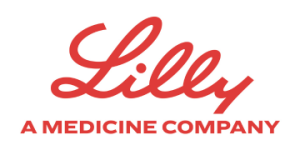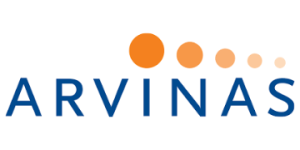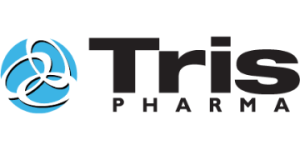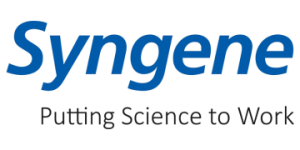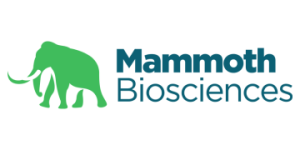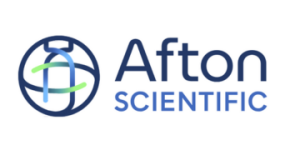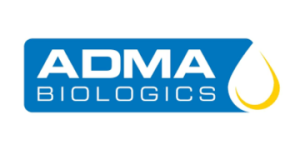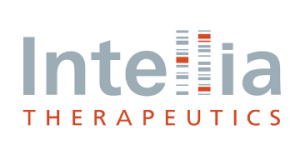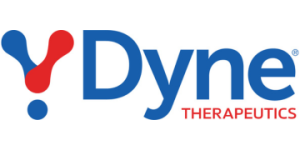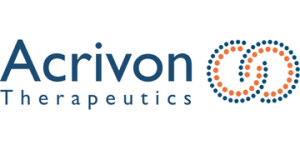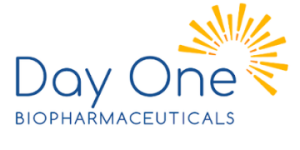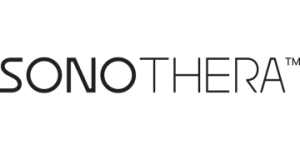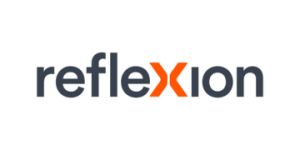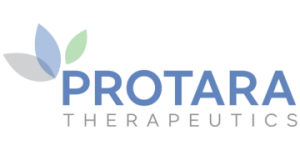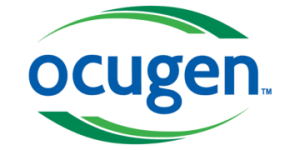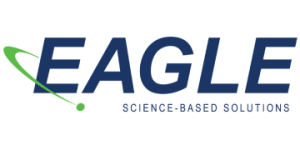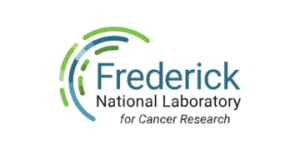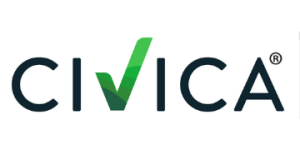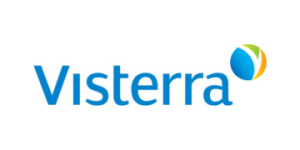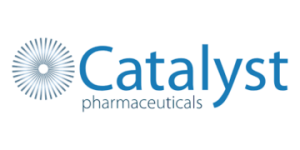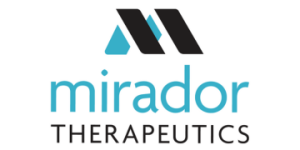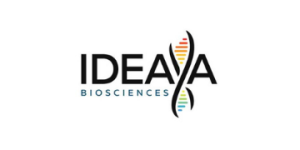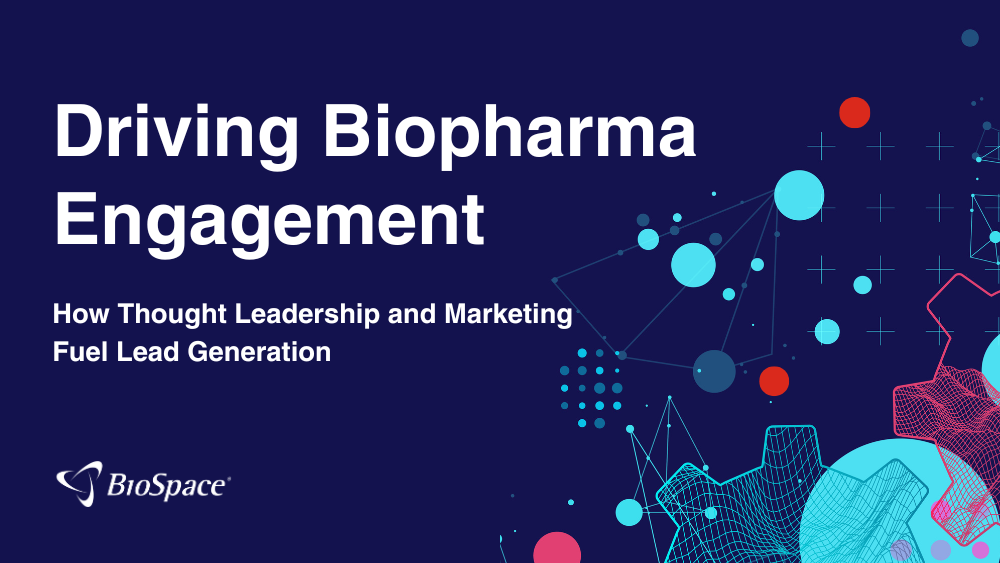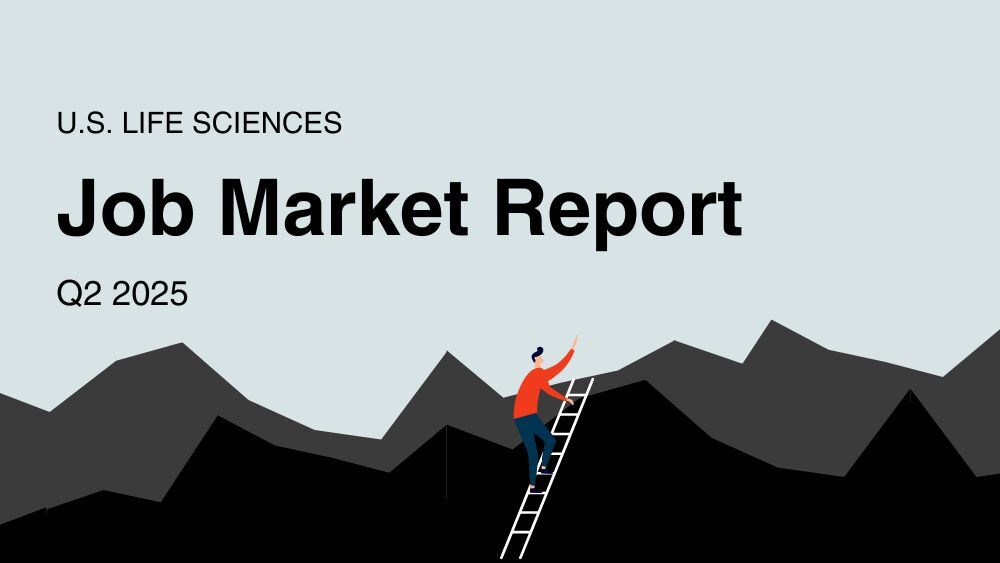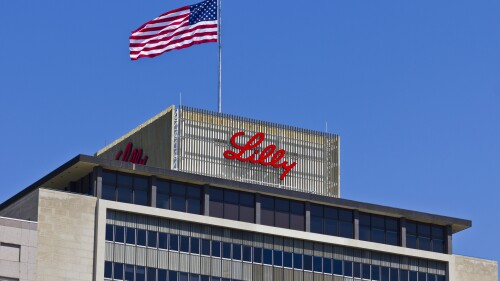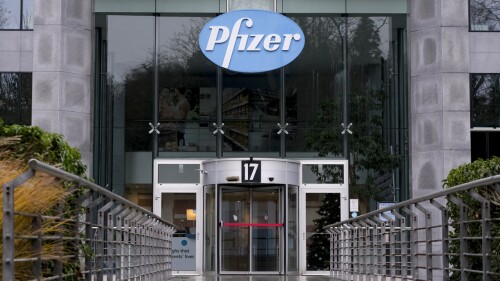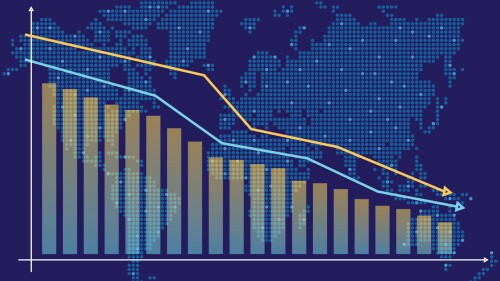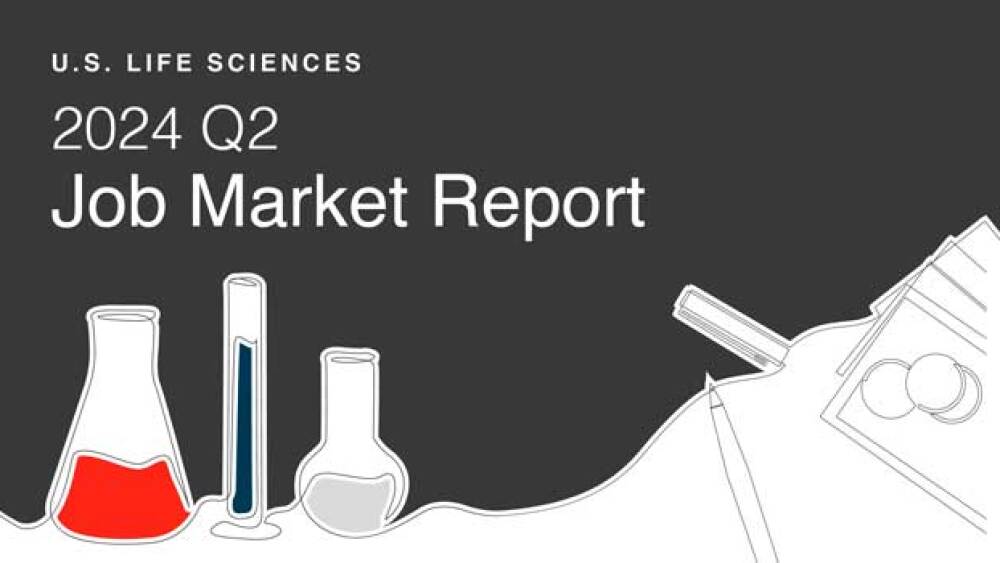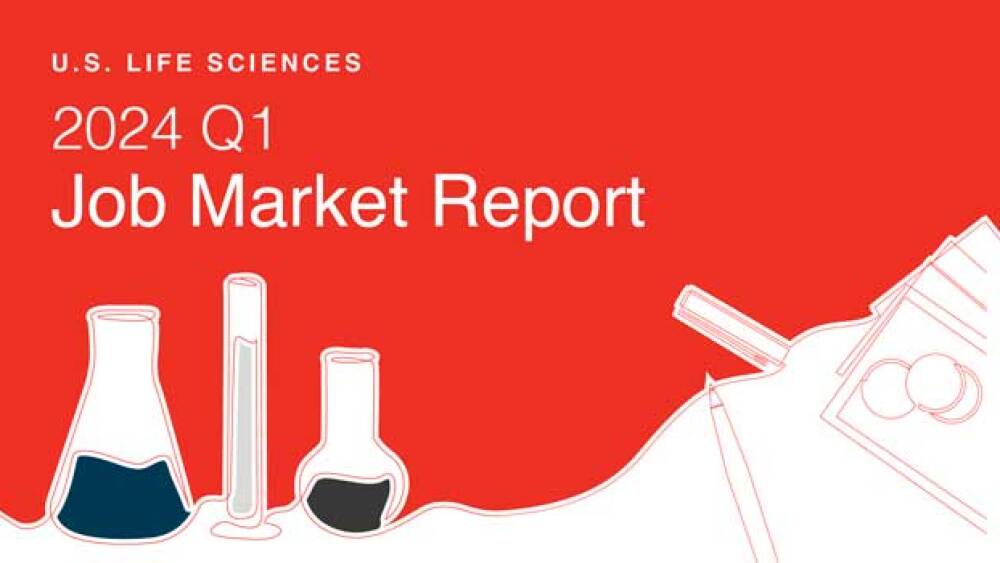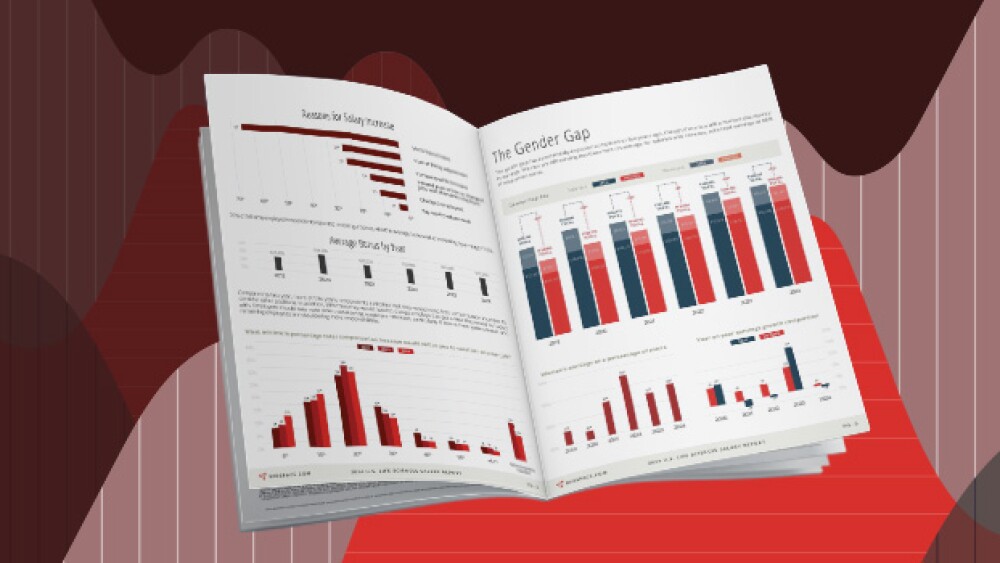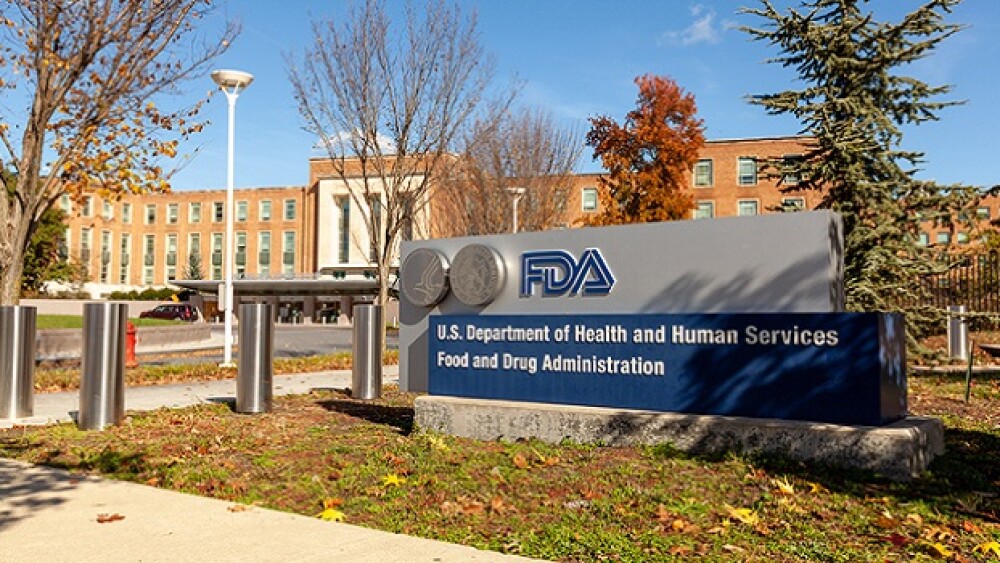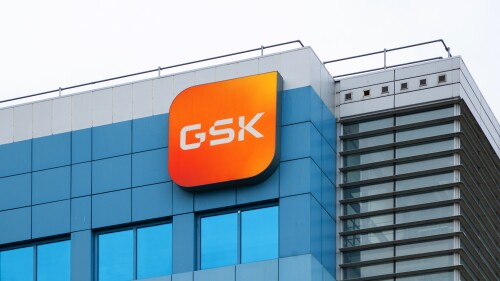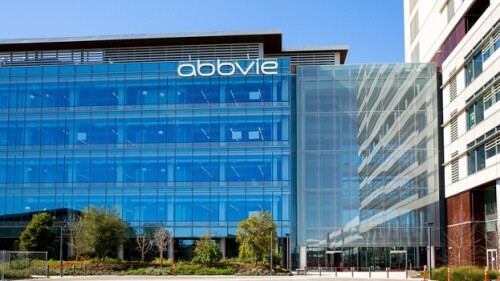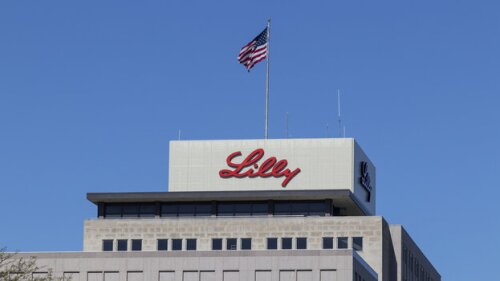The star of the agreement targets a specific type of tau protein, helping to prevent toxic accumulation in the brain while also preserving the function of healthy tau.
Kyverna plans to submit mivocabtagene autoleucel to the FDA for approval in the first half of 2026. If approved, it would be the first CAR T therapy for an autoimmune disease.
Analysts at Jefferies called the approval “highly significant,” estimating it could add $2 billion to $3 billion to peak Enhertu sales.
Ambros Therapeutics’ non-opioid bisphosphonate analgesic, already approved in Italy, will soon begin a pivotal test in the U.S.
Johnson & Johnson, which did not apply for the national priority voucher, was granted the ticket based on results from a Phase III study testing Tecvayli plus Darzalex in patients with relapsed or refractory multiple myeloma.
Varegacestat, a gamma secretase inhibitor, significantly improved progression-free survival while also meeting all key secondary endpoints in the pivotal RINGSIDE trial. Immunome is planning an FDA application for the second quarter of 2026.
FEATURED STORIES
As big pharmas including Takeda and Novo Nordisk flee the cell therapy space and smaller biotechs shutter their operations, these players are sticking around to take the modality as far as it can go.
This year has seen the approval of several first-in-class therapies for HAE, but in a fragmented space, experts question whether they will be enough to net their developers a significant share of the entrenched market.
The record-setting government shutdown was just the latest blow to the U.S. biopharma industry. When science funding becomes a casualty of political gridlock, we lose valuable talent, erode public trust and jeopardize our position as a global leader in innovation.
At one point in merger negotiations with Novartis, Avidity CEO Sarah Boyce and her team walked, cutting off access to a data room and moving on to a capital raise.
Previous mega blockbusters took years to reach their peak sales. Lilly’s tirzepatide franchise is on course to exceed them just a few years in.
Experts suggest the FDA’s Advanced Manufacturing Technologies designation could be a lifeline for improving production processes for approved cell and gene therapies.
LATEST PODCASTS
As third-quarter earnings continue to roll out, Novartis makes headlines with the second biggest acquisition of the year; Novartis’ CEO also downplayed the impact of Big Pharma pricing deals with the Trump administration; Regeneron continued the trend of dropping cell therapy assets; BioSpace takes a look at how the FDA is functioning mid-shutdown.
In this episode presented by Element Materials Technology, guests Dr. Jihye Jang-Lee and Dr. Khanh Courtney discuss how small biotechs face mounting pressure amid manufacturing uncertainties.
Novo Nordisk’s leadership gets another shake-up as President Trump promises to significantly slash prices for its GLP-1 drugs; Summit/Akeso, Exelixis and more present new data at ESMO 2025; Replimune pops as FDA accepts resubmitted BLA; FDA names first winners of Commissioner’s National Priority Voucher program; and more.
Job Trends
BioSpace data show biopharma professionals faced increased competition for fewer employment opportunities during the second quarter of 2025, with increased pressure from further layoffs.
Subscribe to GenePool
Subscribe to BioSpace’s flagship publication including top headlines, special editions and life sciences’ most important breaking news
SPECIAL EDITIONS
On election day, Tuesday, November 5, Americans will choose between former President Donald Trump and current Vice President Kamala Harris for their next president. The election will also see the rearrangement of Congress.
In the battle over drug prices, one sector of the healthcare industry has risen above all the players as the boogeyman: pharmacy benefit managers. In this special edition of BioPharm Executive, BioSpace takes a deep dive into the lens now focused on PBMs’ business practices.
In this deep dive BioSpace dissects the global obesity and diabetes markets along with the growing pipelines that aim to serve them.
DEALS
-
At $9.2 billion, the Cidara acquisition lands among the top 5 largest deals of the year.
-
The back-heavy deal includes a $5 million upfront payment for two novel T cell engagers, though the companies have yet to disclose priority indications.
-
In 2025, landmark obesity drug deals, China’s biotech surge, and AI’s deeper integration into pharma operations drove a year of transformation and renewed momentum for life sciences.
-
MeiraGTx Holdings is licensing a genetic eye disease medicine to Eli Lilly in a deal worth up to $475 million.
-
Eli Lilly has been on a dealmaking spree this year, with a few deals worth $1 billion or more. Aside from SangeneBio, these include SiteOne, Verve and Scorpion.
WEIGHT LOSS
-
Pfizer seals the deal with Metsera for $10 billion after Novo Nordisk bowed out; President Donald Trump welcomes executives from Novo and Eli Lilly to the White House to announce that the companies’ GLP-1 medicines would be sold at a reduced cost; and the FDA grants the second round of priority review vouchers—primarily to already marketed drugs.
-
The White House may have struck a deal with Eli Lilly and Novo Nordisk last week to lower the costs of their weight loss drugs for patients, but knockoff versions of Zepbound and Wegovy still permeate the obesity market.
-
The deal is done. What happens next for Pfizer and Metsera—and Novo?
-
After a bidding war erupted between Pfizer and Novo Nordisk over the fledgling obesity drugmaker, Metsera sided with its original suitor in a final agreement announced late Friday evening.
-
During a press conference to announce a drug price deal for GLP-1s, President Donald Trump asked for more details about the ongoing bidding war between Novo Nordisk and Pfizer over obesity biotech Metsera.
POLICY
-
Having seen Congress spend money to onshore semiconductor production, pharma groups are pushing for similar incentives for domestic drug manufacturing.
-
Industry leaders say uncertainty in funding, clinical development and manufacturing is driving companies to embrace digital transformation, streamlined operations and strategic partnerships to navigate a turbulent market and global tariff pressures.
-
While the threat of tariffs dies down for the pharma industry, President Donald Trump is reportedly weighing a new investigation that could result in import taxes against U.S. trading partners that don’t pay enough for drugs.
-
EMD Serono will offer its fertility treatments on TrumpRx at a steep discount, and Roche’s direct-to-consumer offering will cover its flu pill Xofluza.
-
An unnamed source clarified that Sandra Retzky has not been fired from the FDA, but it remains unclear where she was reassigned.
Looking for a biopharma job in New Jersey? Check out the BioSpace list of eight companies hiring life sciences professionals like you.
Turn your career aspirations into reality with this step-by-step guide to creating and implementing a strategic professional development plan for 2025.
Being laid off is bad enough. When companies mishandle the layoff process, it can make the situation even worse. Four biopharma professionals share how some employers are getting it wrong.
Job postings in California took a dip in December during the holiday period, but activity is expected to pick up in January.
As market values increase for computational biology and data science, biopharma companies are looking to hire R&D professionals in those areas. A biotech talent acquisition expert shares his insights on these in-demand roles.
Gratitude, a key part of stoicism, can benefit those working in—and being served by—the pharmaceutical industry.
HOTBEDS
IN CASE YOU MISSED IT
As clinical research evolves, disruptive trial designs are reshaping how oncology advances. By integrating novel methodologies, strategic innovation, and patient-centered approaches, MEDSIR is driving a new era in cancer research, one that accelerates development, enhances efficiency, and delivers more meaningful therapeutic progress for patients worldwide.
REPORTS
For the second quarter of 2024, there were 25% fewer jobs posted live on BioSpace compared to the same quarter of 2023. The year-over-year job response rate rose from 14.6% to 15.3%.
The job response rate has risen year over year, according to BioSpace data, indicating competition for roles posted on our website has increased.
BioSpace’s 2024 Salary Report explores the average salaries and salary trends of life sciences professionals.
CANCER
-
One of the FDA’s potential approvals this month could break an existing monopoly in the treatment space for a rare growth disorder.
-
Cogent Biosciences expects to file a new drug application for bezuclastinib in gastrointestinal stromal tumors early next year after what Leerink said was “the first positive trial in this disease in over a decade.”
-
Darzalex Faspro’s approval for smoldering multiple myeloma could allow for earlier intervention and reduce the risk of progression to active disease.
-
The discontinued CAR T therapy bbT369 came to Regeneron when the pharma bought all of 2seventy bio’s pipeline assets for $5 million upfront in January 2024.
-
The antibody-drug conjugate, withdrawn from the market by GSK in 2022 after failing a confirmatory study, was approved Thursday by the FDA for previously treated patients with multiple myeloma. This is despite a negative advisory committee vote in July.
NEUROSCIENCE
-
Aspen is now also considering the possibility of an initial public offering next year in an effort to bring its cell therapy to the market.
-
The approvals come as a pleasant surprise for Regeneron, analysts say, helping bolster the overall product profile of high-dose Eylea despite outstanding manufacturing concerns.
-
A day after Pfizer closed its hotly contested Metsera deal, Lundbeck has made an unsolicited offer to steal Avadel Pharmaceuticals away from Alkermes.
-
In January, AbbVie and Calico’s fosigotifator failed to show significant signs of efficacy in the HEALEY ALS platform trial for amyotrophic lateral sclerosis.
-
Alixorexton’s Phase II performance sets it up for late-stage success, according to analysts at Truist Securities. Alkermes expects to launch a global late-stage program early next year for narcolepsy type 2.
CELL AND GENE THERAPY
-
The takeover of its competitor, announced Sunday, could also bring some attention to Dyne Therapeutics, which has a similar RNA-based pipeline in rare muscle diseases.
-
The cornerstone of the deal is Ixo-vec, an intravitreal gene therapy currently in Phase III development for wet age-related macular degeneration. Eli Lilly made another foray into genetic medicine in June, picking up Verve Therapeutics for up to $1.3 billion.
-
Novo Nordisk’s leadership gets another shake-up as President Trump promises to significantly slash prices for its GLP-1 drugs; Summit/Akeso, Exelixis and more present new data at ESMO 2025; Replimune pops as FDA accepts resubmitted BLA; FDA names first winners of Commissioner’s National Priority Voucher program; and more.
-
Galapagos at the start of the year had planned to split into two businesses, with one resulting entity focused on cell therapies. The biotech nixed these plans a few months later, instead choosing to put up for sale multiple cell therapy assets.
-
With more than $1.5 billion on the line, Gilead looks to bolster its CAR T portfolio.
















